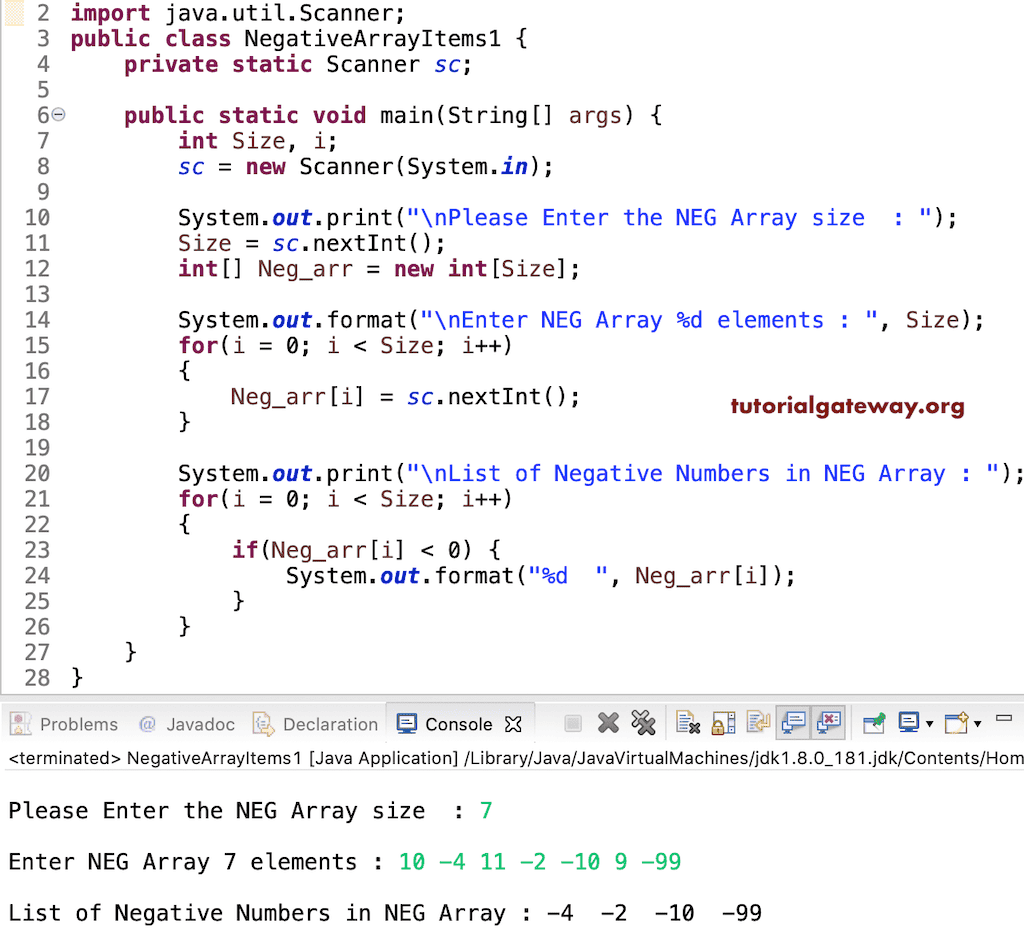
You can use them depending on your preferences or the size of your data.

There are many ways to initialize C++ vectors. vector::erase() removes a range of elements from a specified location.vector::pop_back() removes elements from the back.vector::insert() inserts new elements to a specified location.vector::push_back() pushes elements from the back.Here are some modifiers you can use in C++ vectors: For finding the element 'k', lets say after 'ith' iteration. Output: If the element 'k' is found in the array, then we have return 1. if n will increase, the space requirement will also increase accordingly.
#Use output for ith iteration as element of vector code#
So the space complexity of the above code is in the order of 'n' i.e. vector::cend() issimilar to vector::end() but can’t modify the content.Īs its name suggests, you can use a modifier to change the meaning of a specified type of data. In the above example, we are creating a vector of size n.vector::cbegin() is similar to vector::begin(), but without the ability to modify the content.vector::end() returns an iterator to point at past-the-end element of a C++ vector.vector::begin() returns an iterator to point at the first element of a C++ vector.Here are a few function you may use with iterators for C++ vectors: There are five types of iterators in C++: input, output, forward, bidirectional, and random access.Ĭ++ vectors support random access iterators.

It is an object that functions as a pointer. Use modifiers to insert new elements or delete existing ones.Īn iterator allows you to access the data elements stored within the C++ vector. The data elements in C++ vectors are inserted at the end. Whenever you want to access or move through the data, you can use iterators. However, the number of elements is optional.īasically, all the data elements are stored in contiguous storage. It is mandatory to determine the type and variable name.

Since it’s possible to resize C++ vectors, it offers better flexibility to handle dynamic elements.Ĭ++ vectors offer excellent efficiency. It is handy if you don’t know how big the data is beforehand since you don’t need to set the maximum size of the container. Vectors C++ are preferable when managing ever-changing data elements. Bear in mind however, that a vector might consume more memory than an array. It is efficient if you add and delete data often. That makes it different from a fixed-size array.Ĭ++ vectors can automatically manage storage. Specifically used to work with dynamic data, C++ vectors may expand depending on the elements they contain. C++ vectors are sequence containers that store elements. Vector is a template class in STL (Standard Template Library) of C++ programming language.


 0 kommentar(er)
0 kommentar(er)
